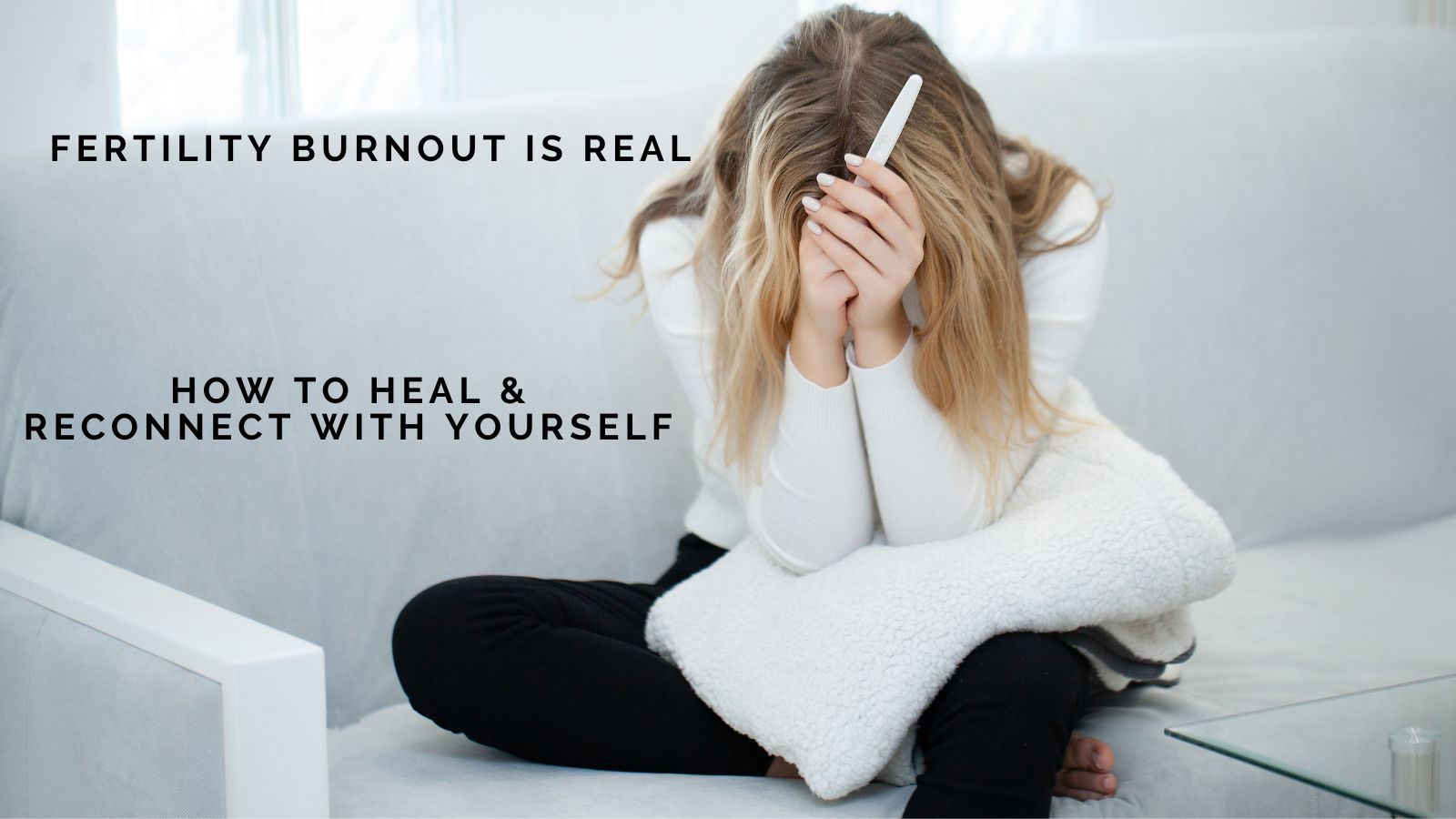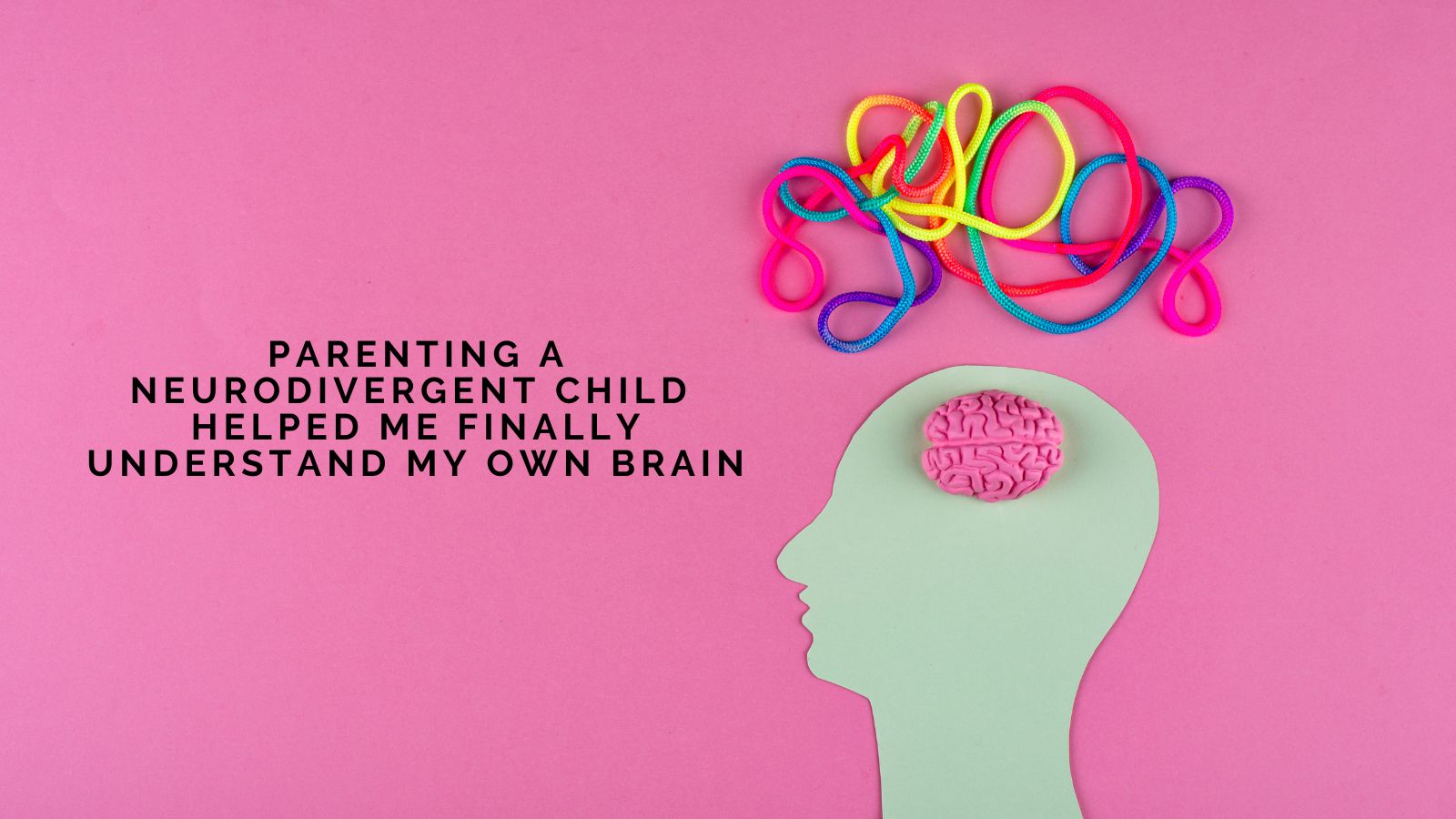
Some days, my legs don’t work. This isn’t my only problem. Yes, the myalgic encephalomyelitis (ME/CFS) is kicking my butt in more ways than this—general muscle weakness, brain fog, pain, and on my worst days, trouble breathing. But maybe some of this is the fibromyalgia talking. It’s hard to tell.
My chronic illness story started at nine years old, when my parents made a three-hour trip to the Children’s Hospital in Winnipeg, Manitoba, in less than two hours. My dad had never driven so fast, hoping to get pulled over by the police so they could escort us. After arriving to a room full of white coats and white lights, and in and out of consciousness, I lay on a gurney listening to my mum cry in the background. Diagnosis? Type 1 diabetes.
My body’s flailing and failings didn’t stop there. At age 22, I developed a tumour on my pituitary gland that demanded brain surgery. The alternative? Blindness, or worse. As my sister sat beside my hospital bed and brushed my hair—both crusty and greasy—there were staples in my scalp that even the nurses weren’t aware of.
Speaking of blindness, at 30 years old, diabetic retinopathy stole my sight, and I needed an excellent surgeon with an eyeball vacuum to get it mostly back.
Every time I have to give yet another doctor this highlight reel of ill health, an exhaustion pours over my head and body like a tipped-over tin of black oil paint. It’s hard to scrub off.
Keep. Going. Susie.
One day, I received a text from my husband. He’d just had a meeting with his boss at their Winnipeg offices.
“Wanna move to England? We should take the adventure while you’re able, yes?”
“Sure. Let’s do it.” I’d never been to England.
A couple of months later, we were on a plane, flying our life over the ocean. My health challenges followed us there, but we made the most of it. We took road trips through the English countryside; dipped into Wales for an afternoon to sit by the seaside; flew to Greece and Rome and Switzerland.
Then, my stomach and intestines stopped working. I needed a gastric pacer to keep me alive. It made things worse. Two years later, we removed it, hoping for the best. Gastroparesis is my constant companion. A feeding tube might be in my future.
Keep. Going. Susie.
A year after the gastric pacer removal, I got a virus. Just a mundane cold that everyone gets. Only, after I beat the sniffles, energy drained out of my body through my toes with every step I took. The weakness intensified rather than improved. At my worst, I was bedridden and too weak to speak or lift a fork to feed myself. A month-long migraine forced torturous stillness and closed blackout curtains. My muscles screamed and itched, and hornets inside my skin feasted on my flesh. The days I could handle light and my husband carried me to our English back garden, I lay on a zero-gravity lounge chair for hours under blankets. The patchwork quilt from my grandmother decorated the top of the pile—the only fashion statement I could muster. I still shivered as the 28-degree sun shone down on the heap of my bones and blankets. As I watched the mice play in the rock wall in our two-tiered yard, and as the birds sang a symphony, I could find tiny moments of joy within the torment. Back in bed, I wanted to die.
“I can’t do this anymore,” I’d cry to my husband.
“But you have to,” he would say.
“But I can’t.”
Still, I did. When the muscles in my hands improved enough to type for ten minutes, Don would prop me up and put my laptop in my lap. I could only manage about two sentences in a session, between the weakness and my brain operating like mud. But I wrote.
In the days and weeks to follow, my lungs also gained strength and I could breathe with less effort. I became able to walk to the loo on my own. And I could brush my own hair. It’s funny that became my measure—the ability to brush my own hair—but I could finally believe life could get better. That there might be at least some relief from the pain on this side of death.
“Can we get a puppy?”
“Sure,” he said.
A few weeks later, we picked up Carlos the Chihuahua.
I improved. And then went on the decline. And then improved again. Then… decline. Although never being at my worst again, I carry my diseases like bulging saddlebags. But also… a weightless joy. Every time I sit in a café sipping an iced almond milk latte with my laptop open in front of me, I smile. When I sit at my piano and compose a new song, I process my hard emotions and find a reprieve. As I sit on the sofa and Carlos leaps onto my chest, sticking his tongue up my nose with love, I laugh.
Keep. Going. Susie.
I am learning ways to keep going; to keep living, despite my challenges. We plan rest days; we have our groceries delivered; Don does the housework; we bought a powered wheelchair for longer distances. It’s a new way. It’s my way.
I’m keeping going.
With joy.
_(67).jpg)

 (67).jpg)















